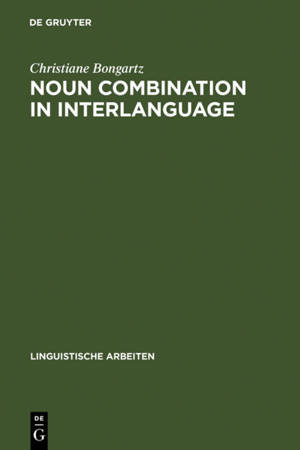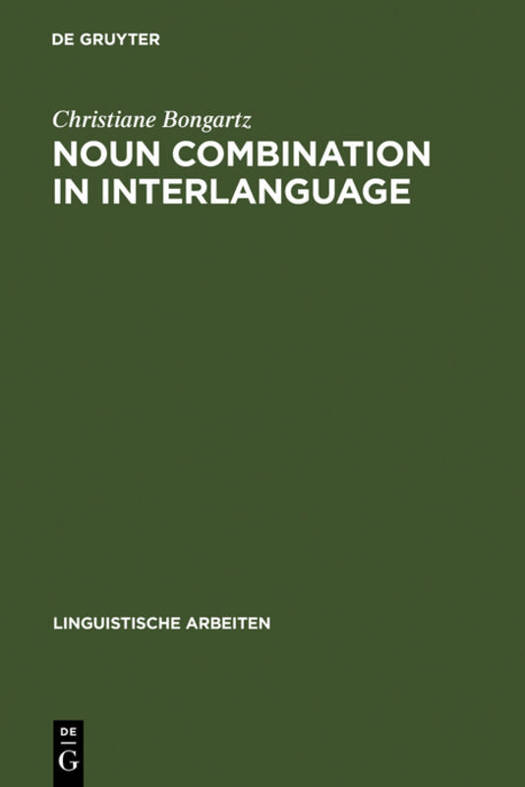
- Afhalen na 1 uur in een winkel met voorraad
- Gratis thuislevering in België vanaf € 30
- Ruim aanbod met 7 miljoen producten
- Afhalen na 1 uur in een winkel met voorraad
- Gratis thuislevering in België vanaf € 30
- Ruim aanbod met 7 miljoen producten
Noun Combination in Interlanguage
Typology Effects in Complex Determiner Phrases
Christiane BongartzOmschrijving
This monograph examines the effects of first language typology on the interlanguage of learners of English as a second language. Adapting William Rutherford's (1983) view of interlanguage as the typological intersection between the first language and the second language, the study demonstrates how first language effects subtly shape learner choices even at near native proficiency. Grounded in the tradition of transfer research and in the research program in generative grammar, the evidence presented shows the distribution of noun+noun compounds such as the love song and phrasal noun combinations such as the song about love in interlanguage data. These two patterns, it is argued, are systematically related by determiner properties and the process of noun incorporation. Obtained from a multi-task cross-sectional experiment, the data illustrates that learners with Czech as their first language use phrasal constructs (the song about love) significantly more often in production than learners with Mandarin Chinese as their first language, whose preferred choice are noun+noun compounds (the love song). The differences between the learner groups reflect the use of overt case marking in the first language Czech and the absence of overt case marking in the first language Mandarin Chinese.
Specificaties
Betrokkenen
- Auteur(s):
- Uitgeverij:
Inhoud
- Aantal bladzijden:
- 168
- Taal:
- Duits
- Reeks:
- Reeksnummer:
- nr. 448
Eigenschappen
- Productcode (EAN):
- 9783484304482
- Verschijningsdatum:
- 14/02/2002
- Uitvoering:
- Hardcover
- Formaat:
- Genaaid
- Afmetingen:
- 156 mm x 234 mm
- Gewicht:
- 417 g

Alleen bij Standaard Boekhandel
Beoordelingen
We publiceren alleen reviews die voldoen aan de voorwaarden voor reviews. Bekijk onze voorwaarden voor reviews.











